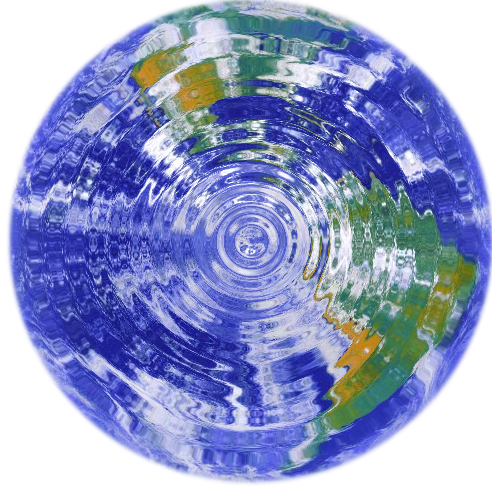 |
 |
 |
| Home page |  |
ROB Home |
Context/Explanations
Home
> Context/Explanations
In addition, the presence of fluid layers (atmosphere, hydrosphere) at the Earth's surface and/or the presence of an internal fluid layer (liquid core) generate additional variations of the Earth rotation.
The precession, nutation, and rotation angle are known at the milliarcsecond (mas) or sub-mas level from VLBI (Very Long Baseline Interferometry) in the time domain since a couple of decades. (One milliarc second is equivalent to about 3 cm at the Earth's surface.)
The gravitational interaction between the Earth and close massive celestial bodies (the Sun, the Moon, and to a minor extent the other planets of the Solar System) perturbs on the one hand the Earth's rotation, generating variations of its rotation period (and the associated length-of-day), and modifies on the other hand the orientation of its rotation axis both with respect to a given point at the pole on the terrestrial surface (polar motion) and with respect to the ecliptic pole in space (precession/nutation).
In addition, the presence of fluid layers (atmosphere, hydrosphere) at the Earth's surface and/or the presence of an internal fluid layer (liquid core) generate additional variations of the Earth rotation.
The precession, nutation, and rotation angle are known at the milliarcsecond (mas) or sub-mas level from VLBI (Very Long Baseline Interferometry) in the time domain since a couple of decades. (One milliarc second is equivalent to about 3 cm at the Earth's surface.)